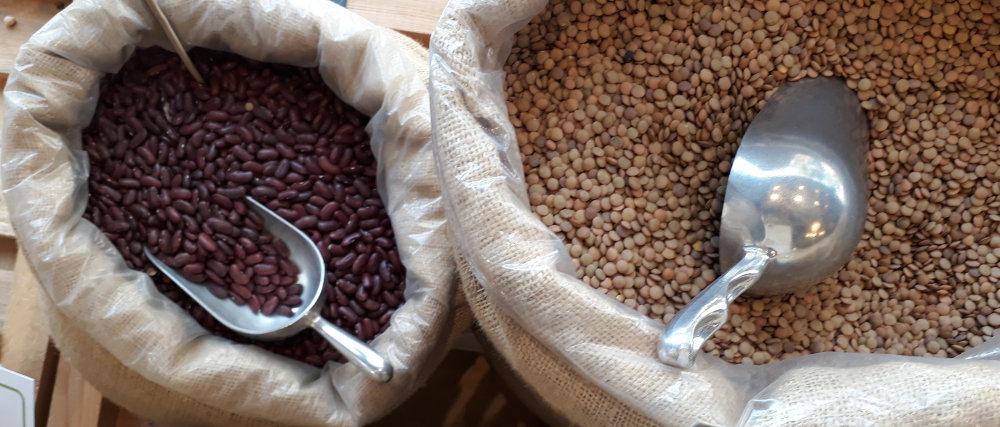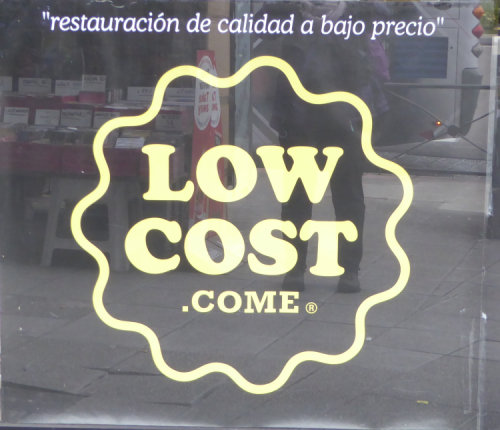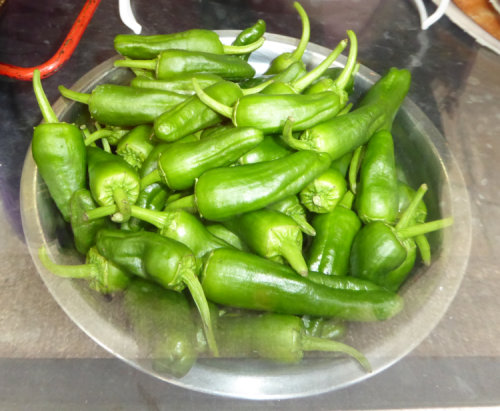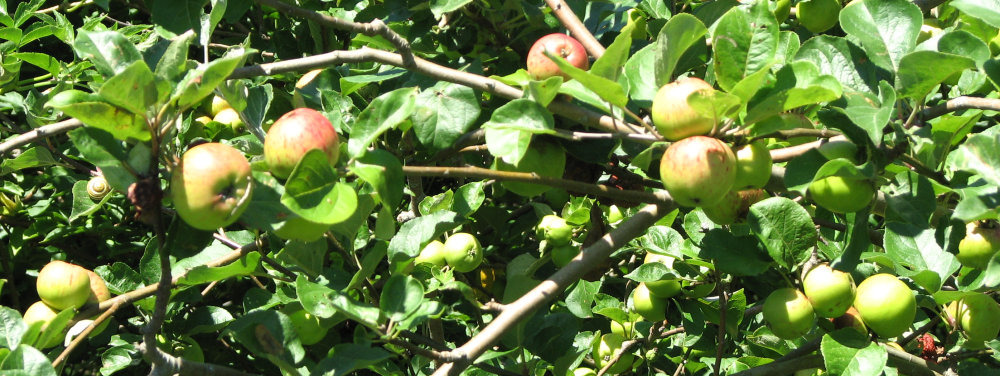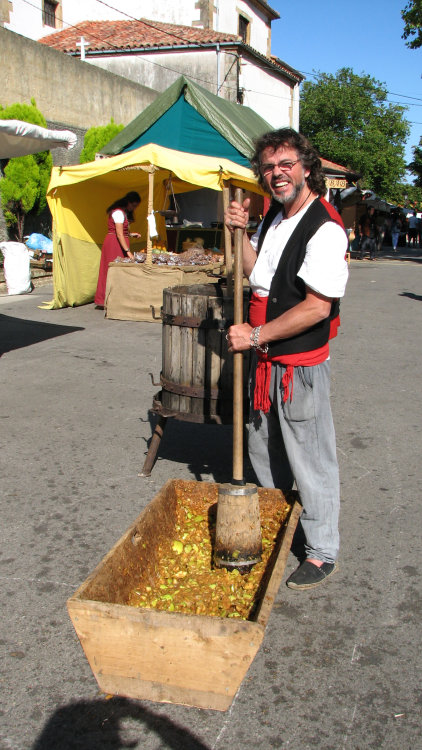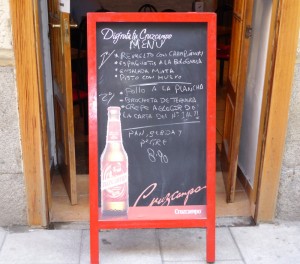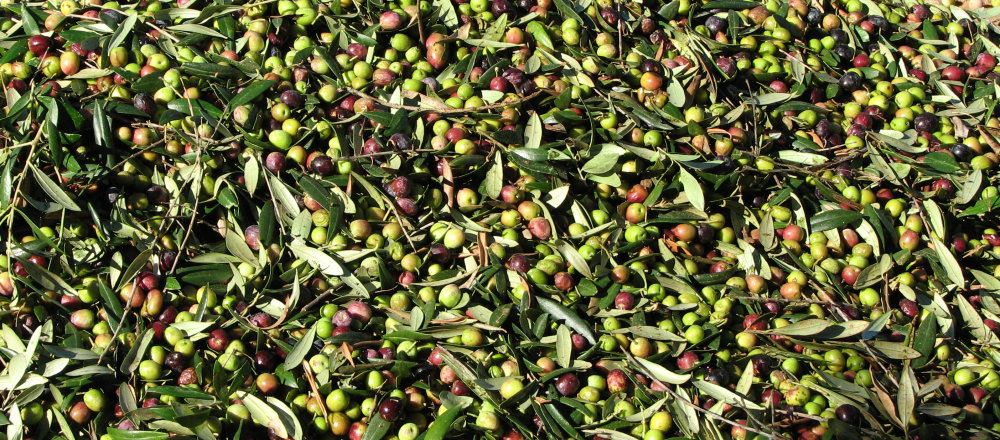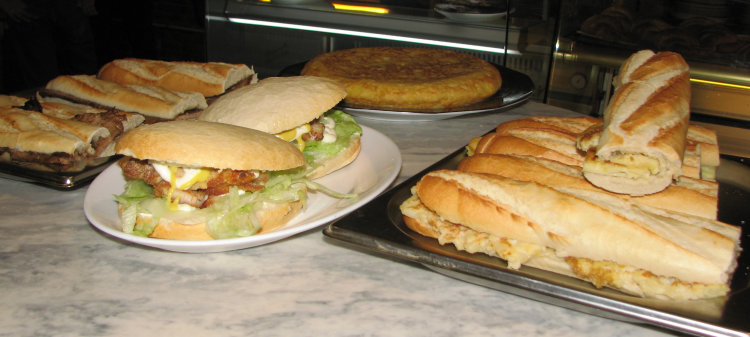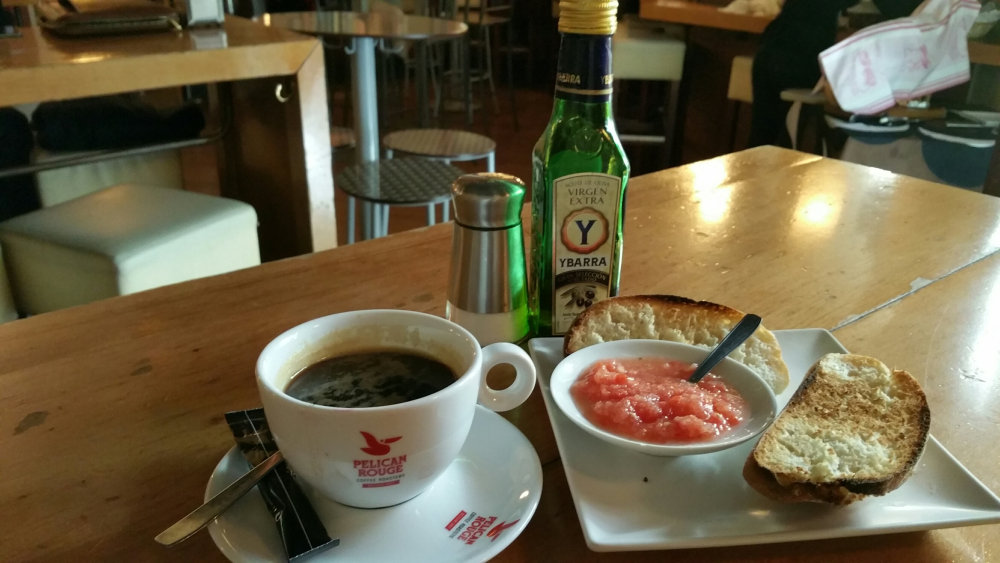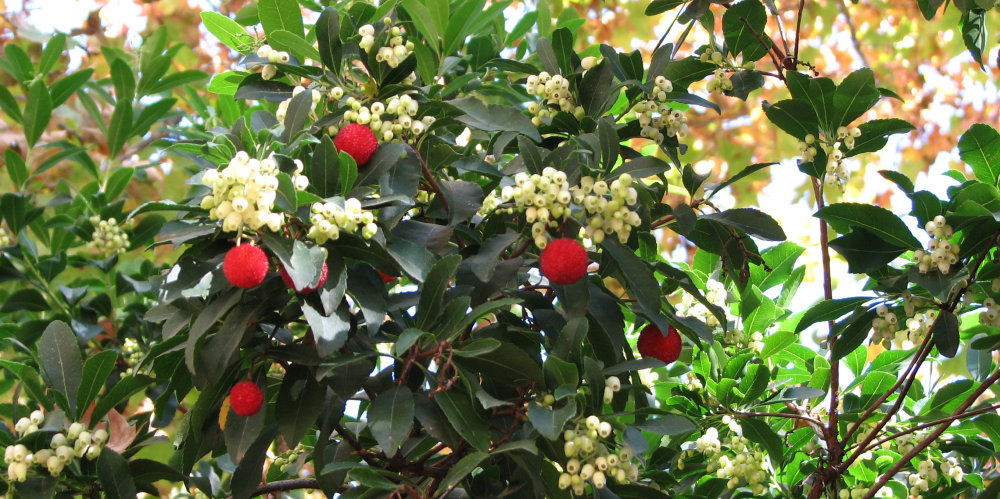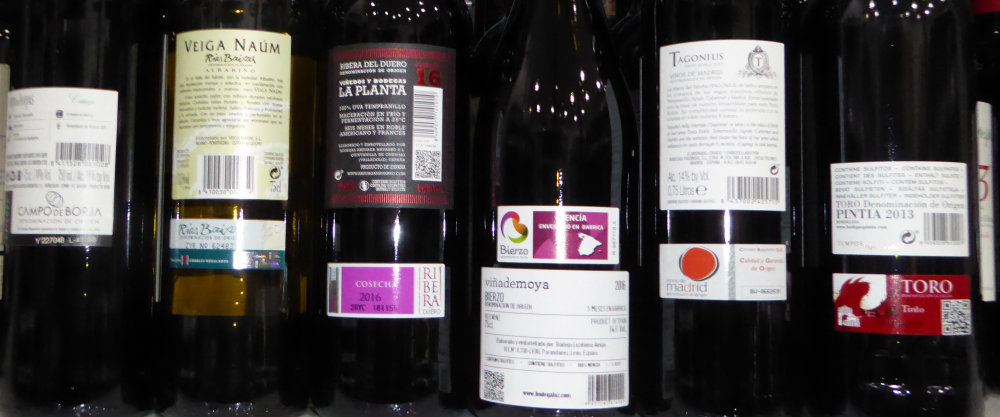
Wine bottles showing labels for different Spanish D.O.
So you like food, wine, and all those good things? And specifically Spanish food? Read on to learn about Spain’s Denominación de Origen quality control system for agricultural products.
What is the Denominación de Origen (D.O.) system? It’s a Spanish regulatory system for some kinds of agricultural products and some kinds of food. Technically in English this is called Appellatation of Origin, but I prefer the easier to remember Certified Origin. Many other countries have their own regulation system, especially in the European Union (EU)
When was this system established? Spain’s main system is from 1996 (with some later updates) and is similar in some ways to the 1992 EU system. Two Spanish wine regions created their own regulations long before this date: La Rioja in 1926 and Jerez (Sherry) in 1933.
What are the advantages of the D.O. system? The D.O. system is a quality guarantee that protects and educates consumers. You know what you’re buying, and if you love or don’t love a product, you can read the specifications and learn for another time. The D.O. system also protects responsible producers by creating an identifiable product with a quality seal on the label, so no manufacturer can sell Rioja wine, for example (with all that name recognition) that does not meet Rioja quality specifications.
Who does the regulating? At the top is the Spanish Ministry that regulates agriculture (see suggested websites at the end). Every D.O. has a local administrative body called the Consejo Regulador; the Consejo is in charge of making sure the D.O. stipulations are followed and that the products labeled with the D.O. do indeed meet the requirements. The Consejo may also help new producers get on board, work with the government if regulations need changes, and also help promote the product outside the D.O. region. Additionally, if a private citizen sees or hears of infraction they can notify the Consejo, who should carry out an investigation and take action. (a cheesemaker I know did this when he learned that another cheesemaker was selling Torta del Casar cheese that didn’t meet the specifications and notified the Consejo of that D.O. It wasn’t a direct competitor, but the man I know said for the D.O. to work, it must be taken seriously by everyone).
Are there any disadvantages? The D.O. system imposes conditions / restrictions on producers, so there is less latitude to experiment with other raw material or other production techniques that might create an interesting new product. And while having a D.O on a product is good, not having a D.O. label can make success difficult for any product without the seal, even though it may be of very good quality.
So are there good products not certified by D.O.? Yes, many are excellent. There might be a wine producer very near the D.O. geographically, but cannot be a D.O. wine because the vineyards are not inside the geographical limitations. Or a cheese producer that cannot be D.O. because the goats are not the local girrrrls. Or products from areas that do not have D.O. certification (perhaps not enough producers or no agreement on the parameters), or the many agricultural products not covered by D.O. anywhere in the country. So a well-informed but cautious customer could make some really interesting discoveries, always with some caution and always checking for the registro de sanidad / official hygiene certificate / seal. (side note: very small family producers may not have the certificate and be fine, but buyers should always take care – best to not buy a case of wine or huge bottle of olive oil unless you are very sure of what you’re doing!).
What products are under D.O. in Spain? Most of us only think of wine for D.O., but this system also covers cheese, cured ham, sausage, seafood, olives, olive oil, balsamic vinegar, rice, saffron, paprika, honey, butter, hard cider, fruits, raw meat and vegetables.
What elements are described and regulated? As the name indicates, most important is the origin or geographical area (larger or smaller): that’s why the excellent Spanish bubbly is “cava” and never “Champagne”. Depending on the level of the regulation, the product probably must be grown (for plants) and raised (for animals) within the area; some D.O. also require the production process (if any) to take place within the area. The D.O. usually also includes requirements about the raw material – kind of grapes for wine, olives for oil, animal or even breed of animal for cheese and meats – and of course the fruits and vegetables certified are specific types. Items under D.O. that include some kind of manufacturing process (wine, olive oil and cheese, for example) also may stipulate the production process.
What else?
Spain’s certified origin system is actually more than D.O. In addition to the Spanish D.O. system, you might see European quality labeling on some products, like the European DOP or Protected Denomination of Origin; IGP or Protected Geographical Indicator, similar to D.O. but a little less specific geographically; ETC or Traditional Specialty Guaranteed, products made with traditional ingredients or recipes; PAE for natural, environmentally friendly production methods; or the two Catalonia-only categories “A” for small, family-run businesses crafting a very distinctive product; and “Q” for foods with superior raw ingredients, production methods or presentation.
In Spain the stars of the D.O. show are……
Wine has over 70 D.O, so you have opportunity for getting past Rioja, Ribera de Duero and Albariño. (try Somontano, Ribeiro, Bierzo and Priorat, for example). In addition to D.O., wine has other nomenclature. Table wine category is not usually linked to a geographical region, though often is produced in a wine region though with fewer specifications than D.O. Vino de la Tierra is a bump up from table wine, a little more specific in geography though still without all the D.O. regulations. Within most D.O. there is crianza and reserve, denoting age of the wine, and if you are travelling in a wine region you might get vino del año (year’s harvest), perhaps a glass of respectable Rioja at 0.50 centimes! And at the top of the line, some wine cellars bottle under a 2015 nomenclature called Vino de Pago, which is even smaller geographical area, sort of like terroir and estate-bottled.
Olive oil has around 30 D.O. We all know about olive oil in Andalucia, but did you know there’s also oil from the north and northeast? Usually the D.O. specifies the kind of olives, which may only exist in the D.O. region. Yes, there is a considerable difference in oil made with different kinds of olives, from mild to quite flavorful, with different oils appropriate for different uses (salad oil probably stronger than oil for making mayonnaise, for example). Olive oil is truly one of Spain’s star products, so it’s worth trying many to find your favorites – and worth having more kind in your cupboard at any one time. Learn more about olive oil here: http://www.bridgetospain.com/olive-oil-always/
Cheese has around 25 D.O. Spanish cheese is excellent, really varied and not well known outside Spain, except for the ever-present Manchego. There’s smooth and cured, cow, sheep, goat and mixture. Get beyond Manchego by trying lightly smoked Idiazabal from the north; Majorero goat cheese from the Canary Islands; Cabrales blue-type cheese from Asturias in the north; and Torta del Casar sheep cheese from the west, a cheese so gooey that it’s best to lop off the top and serve as a spread. And that’s just to name a few cheeses of the many kinds in Spain – and not all with D.O.
Now it’s time for you to explore the world of Spanish agricultural products!
Photo credit: thanks to my neighborhood wine shop Vinomania for many years of good advice and for letting me take this photo in the shop. Vinomania is a small shop with a very good selection, friendly service and always good suggestions. Vinomania, calle Humilladero 18, corner calle Sierpe, one block west of calle Toledo, Metro La Latina.
Websites for more information, unless noted otherwise, only in Spanish (but still useful)
Our friend Wikipedia has ha good article about Spanish D.O. (English) https://en.wikipedia.org/wiki/Denominaci%C3%B3n_de_Origen
Good descriptions of many products covered by Spanish D.O. http://www.cerespain.com/denominaciones.html
Good information on Spanish wine D.O., so you can do some exploring http://www.cecrv.eu/denominaciones-origen/
Regulatory systems in the EU and elsewhere. (English) https://en.wikipedia.org/wiki/Geographical_indications_and_traditional_specialities_in_the_European_Union
Pages on this same site with more information on products with D.O. (English)
Cider in Spain http://www.bridgetospain.com/cider-in-spain/
Hot peppers http://www.bridgetospain.com/pimientos-de-padron/
Olive oil http://www.bridgetospain.com/olive-oil-always/
The Spanish Ministry that manages D.O. is the Ministerio de Agricultura y Pesca, Alimentacion and Medioambiente (Ministry of Agriculture, Fishing, Food and the Environment). Their website is a labyrinth of pages, some very useful and some not at all. Here are a few.
This page looks like one of the better ones: you can filter by region (if you are travelling) or by product (if you are curious) to learn about Spanish products with D.O.
http://www.mapama.gob.es/es/alimentacion/temas/calidad-agroalimentaria/calidad-diferenciada/dop/default.aspx
Map of fruits and nuts with D.O. (interesting!)
http://www.alimentacion.es/es/turismo_agroalimetario/mapas_de_alimentos_con_calidad_diferenciada/frutas/boletin.pdf
Frecuent questions about D.O. (probably less interesting for most readers) http://www.mapama.gob.es/es/alimentacion/preguntas-frecuentes/faq_tcm7-48389.pdf
Statistics for some D.O. products http://www.mapama.gob.es/es/alimentacion/temas/calidad-agroalimentaria/calidad-diferenciada/dop/htm/cifrasydatos.aspx

